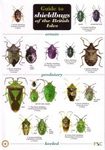By
Keith
25 Aug 2023
Written for Paperback
It always impresses me how the Collins New Naturalist team finds new subjects that it has not dealt with in the previous 146 volumes issued. These have appeared over a span of nearly 80 years, and although shieldbugs have been mentioned before, they have not been in the spotlight. Richard Jones has brought together much of what is known about the group in an excellent volume that takes a similar approach to his acclaimed NN title
Beetles, published in 2018.
This book deals with 79 shieldbug species in mainland Britain with a further eleven in the Channel Islands. This is a group of insects that prefers slightly warmer climates, so several species are at or close to the northern edge of their range in Britain. In fact, there are just 12 species in Scotland, while a further 16 species are potential colonisers from Europe as a result of our warming climate. Because Britain is isolated there are a few species that have not been seen for many years and may be extinct here.
British interest in them started with the early pioneer naturalists who tackled insect groups with amazing dedication. This interest grew particularly after the publication of
Land and Water Bugs of the British Isles in 1959 in the Warne Nature series. This is still widely respected but copies are in short supply. More recently, in 2005, Martin Evans and Roger Edmondson wrote
A Photographic Guide to the Shieldbugs and Squashbugs of the British Isles and Bernard Nau created a laminated field chart
Guide To Shieldbugs of The British Isles in the brilliant Field Studies Council fold-out chart series.
Now we have this book which (like Jones’s book on Beetles) steps away from the standard NN format of texts with photos, to bring in a 37-page identification key and also detailed species accounts for all of our British species (and those that are predicted to arrive soon) – covering 145 pages. There are also chapters outlining shieldbug life, discussing their annual cycle, threats and their own defences. Shieldbugs have sucking mouthparts that allow them to extract sap from plants, but some species are predatory on the larvae of other insect species. In North America, they are generally known as Stinkbugs because of their ability to give off an odour when handled. This is not necessarily an offensive smell and can be quite sweet – a bit like marzipan. There is also a chapter on how to study shieldbugs and what kind of information to collect and two appendices help, providing details of foodplants that are preferred and extra resources to check, including websites and apps.
I think shieldbugs are great – they are often colourful and easily spotted, and although they have two sets of wings they often stay put rather than fly away unless provoked. Unlike some of the more specialist insect groups, most of those in Britain have common names. In North America, some species of shieldbug are considered agricultural pests, but in Britain, that is not the case, and given that some feed on harmful insects they are to be welcomed.

















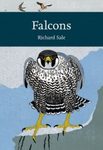
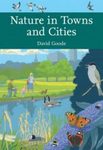
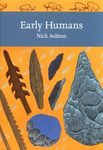

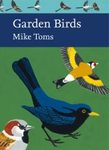
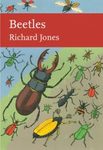

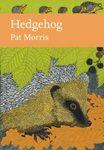
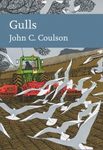
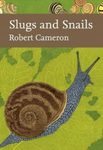
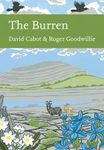

![Hémiptères de France, de Belgique, du Luxembourg et de Suisse [Hemiptera of France, Belgium, Luxembourg and Switzerland]](http://mediacdn.nhbs.com/jackets/jackets_resizer_medium/22/226274.jpg?height=150&width=106)


![Faune de France, Volume 77: Hémiptères Saldidae et Leptopodidae d'Europe Occidentale et du Maghreb [Hemiptera Saldidae and Leptopodidae from Western Europe and the Maghreb]](http://mediacdn.nhbs.com/jackets/jackets_resizer_medium/34/34077.jpg?height=150&width=98)
